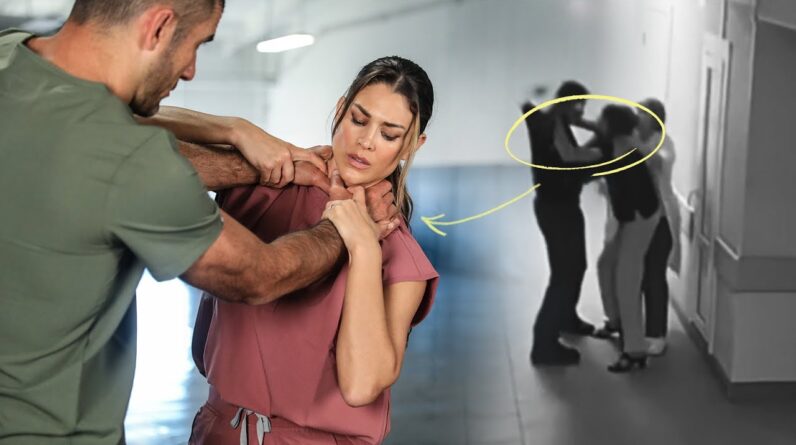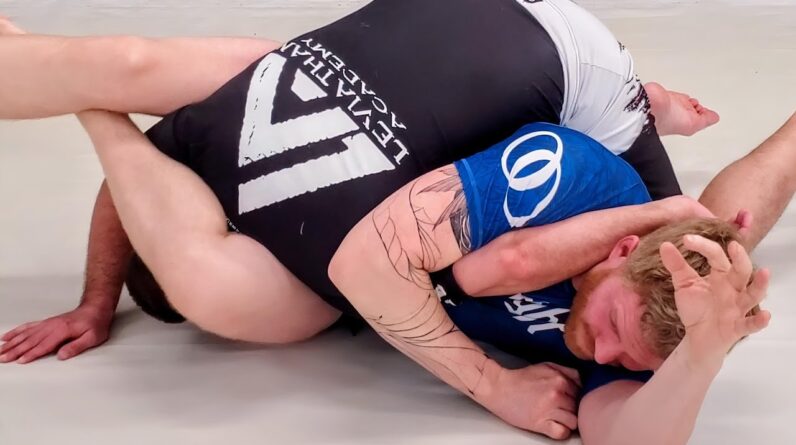Tai Chi Form
Summary: Stance is very important in Tai Chi Forms
A Tai Chi form is a system of movements, interlinked seamlessly to form a dance. Its length has 3 variations; 24 movements set is referred as the ‘short’ form, 40 as the ‘mid’ form and the long form has108 movements. A standard Tai Chi form takes about 15 to 30 minutes, depending on the length and the mastery.
One aspect of Tai Chi forms is the stance. Stance is very critical to every Tai Chi form. Remember, the Tai Chi forms consist not only of the hands but the feet as well. Every Tai Chi form includes every limb and utilizes every muscle. Proper stancing is so important to Tai Chi that without it, learning the Tai Chi forms would be useless.
Horseback Riding stance
This is the most basic of all stances. Most martial arts have this or a variation of this stance. The Horseback riding stance lowers the body’s center of gravity, and braces the legs for stability. That’s why this is often used for meditation, because even with the eyes closed, maintaining balance is still very much attainable.
To do a horseback riding stance, stand with the back straight. Now space the feet apart around half a yard then slowly bend the legs until it reaches 90°. Curl your hands into a fist and fold the arms around the sides of the body. This will place a great strain on the legs and taut you torso muscles.
This is the opening stance for most Tai Chi forms. The stance just offers so many options for opening an attack but yet maintains a degree for defensive. See how Bruce Lee does a nunchucks exhibition? He does it with the Horseback riding stance.
As a practitioner of the art, I could never stress the importance of this stance to a Tai Form. Learn this stance before learning the Tai Chi forms. Master this stance before learning the other stances.
False Leg stance
This stance has become a standard stance for the new advent of martial arts, but the root of this stance is Tai Chi. This is an offensive stance, used particularly in junction with the Bow and Arrow stance. Kick boxers often uses this stance, since it readies their legs for an offensive kick.
To do a False Leg stance, begin by standing straight. Now, imagine an enemy 45º to your right. Take a step with your right foot towards the imaginary enemy, but instead of putting weight on this foot, transfer all your body weight to the left foot. To help you achieve this, elevate your right heel and bend your left leg to ease the maintaining of balance. Now the stance should look like a half step except you’re leaning all weight with the left leg. Raise your hands with slightly forward with palms slightly facing the enemy. Remember, don’t put pressure on the right leg; use it just to maintain balance.
Bow and Arrow stance
Like the False Leg, this is primarily an offensive stance. But there are other versions where it is used as an evasion, like the ‘leaning’ technique of Kung Fu. This is often used injunction with the False Leg stance.
To do a Bow and Arrow stance, start by doing the False Leg (assuming you can do this correctly now). Now, with your right feet, make a large step towards the imaginary enemy. If you’re doing this correctly, your right foot should now be bearing most of your weight, with your left leg slanted from its original position. Your right leg should be bended at a 90° angle.


